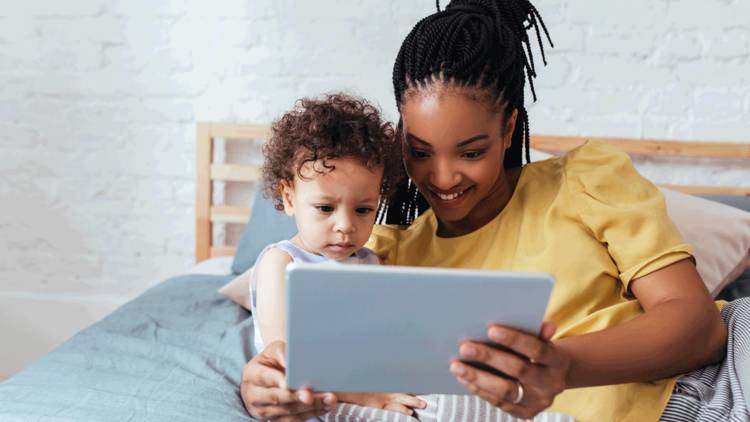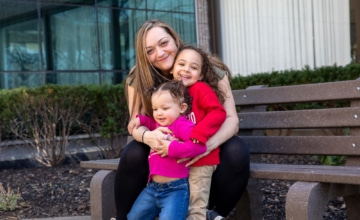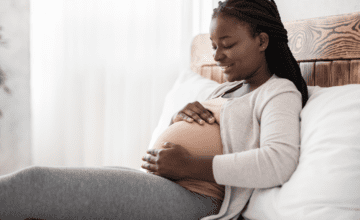Look at your baby or toddler. They are still learning to eat from a spoon, roll over, stack blocks, walk a few steps, or say their first words. It’s hard to imagine that even in these early years, young children are being shaped by the biases that surround them in the world. This is why parenting for social justice begins at birth. Get started with the following tips.
Choose diverse and inclusive books, toys, and media.
Diverse media teach children that all people have a place in the world. Look for stories and media that show children having fun together, regardless of their differences. Diverse Book Finder calls these “any child” books: stories where the main character’s race, ethnicity, gender, or abilities are not central to the plot. This list from Reach Out and Read is another great source of ideas. Common Sense Media offers suggestions for diverse children’s television programming for children aged 2 years and up.
What You Can Do:
Make connections between the story and your child’s life: “Oh look, Lola is gardening with her dad on this page. You like helping your dad garden too.”
Explore differences: “This little boy in the story eats with chopsticks. We eat with a fork. But we both eat dinner with our family.” Or, you might take your child to a restaurant where he can see others and try eating with chopsticks.
For preschoolers, select books and media that directly address injustice.
By age 3 ½ to 4, children can ask “why?” and are ready to imagine the perspective of others. Discuss the concepts of racism, sexism, and other aspects of bias through age-appropriate books and media. Through these stories, children learn about bias and resilience. The New York Times offers a short list of books to consider. Social Justice Books also has some great suggestions for pre-readers and kindergarteners.
What You Can Do:
Talk together about the story—focus on feelings and what actions in the book are fair or not. Help your child understand by using questions like: “How did [character] feel? Why do you think [character] did that? Do you think that was fair? What would you do if you were [character]?”
Remember that discussions about racism are not “one and done.” Talking about bias will happen again and again as you are raising your child. Starting these conversations early builds a foundation of trust and openness. Your child learns they can come to you with big questions.
Grow your family’s circle of friends. Adults tend to have more friends among their own racial and cultural group than they do among people different than themselves. (Learn more.) But research shows that cross-race friendships can be a powerful way to reduce bias.
Seek out diverse communities. Whether it’s where you live, what early education/child care program you choose, or where you worship, consider diverse settings. When we see, know, and interact with others in a diverse community, research shows that levels of racism may drop.
Finally, it’s important for us adults to do our own learning so we can be more comfortable with hard conversations as children grow. For many of us, conversations about race and bias are not easy. And they’re not supposed to be. But learning more about racism, sexism, and other areas of bias helps prepare us for raising children who will build a better and more just world for us all.
This article is part of a series on Parenting for Social Justice. For more, visit zerotothree.org/resource/parentingforsocialjustice.





